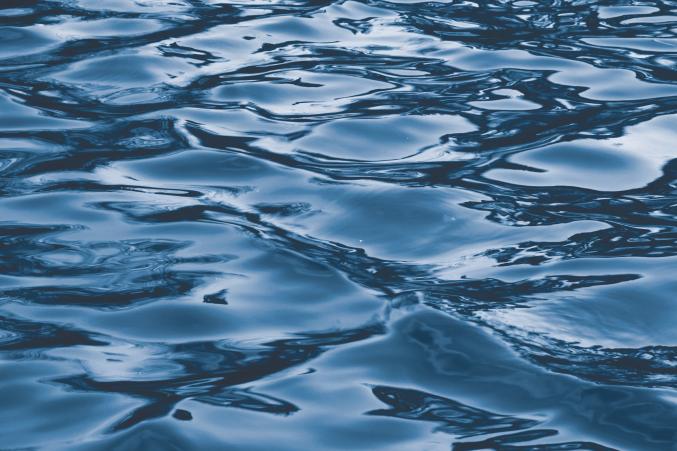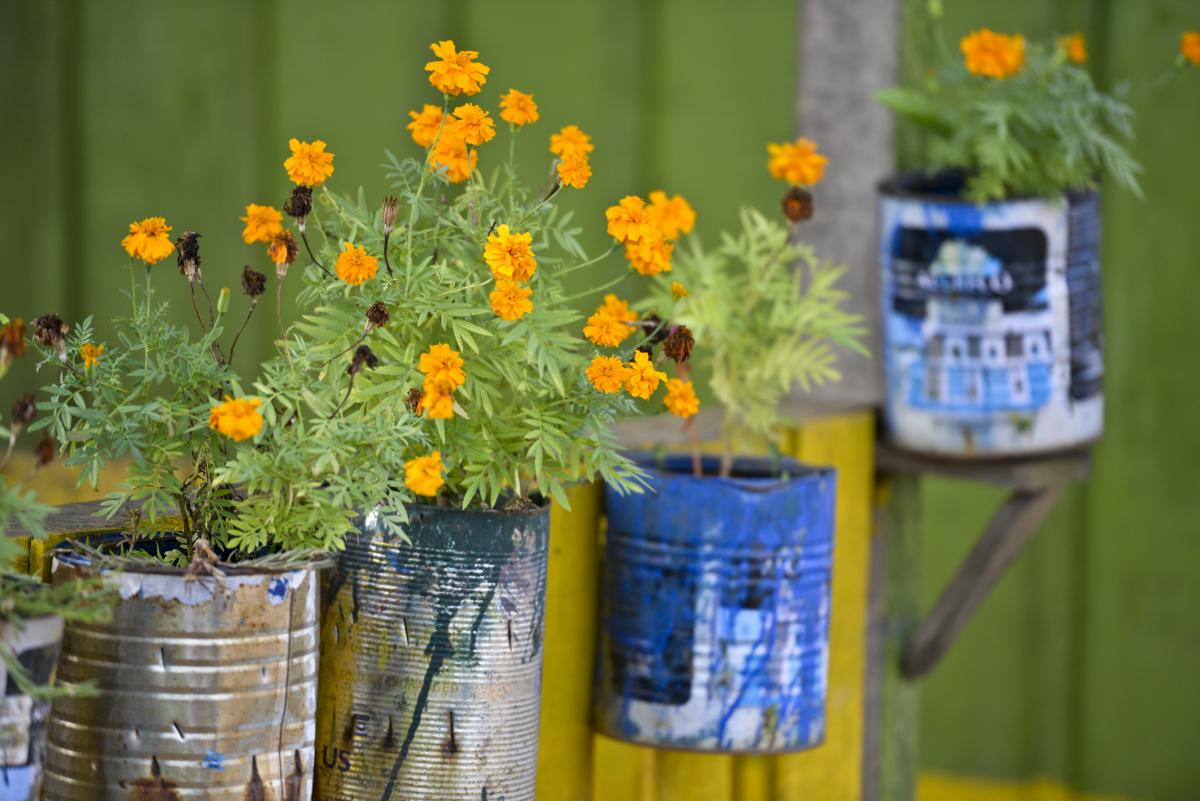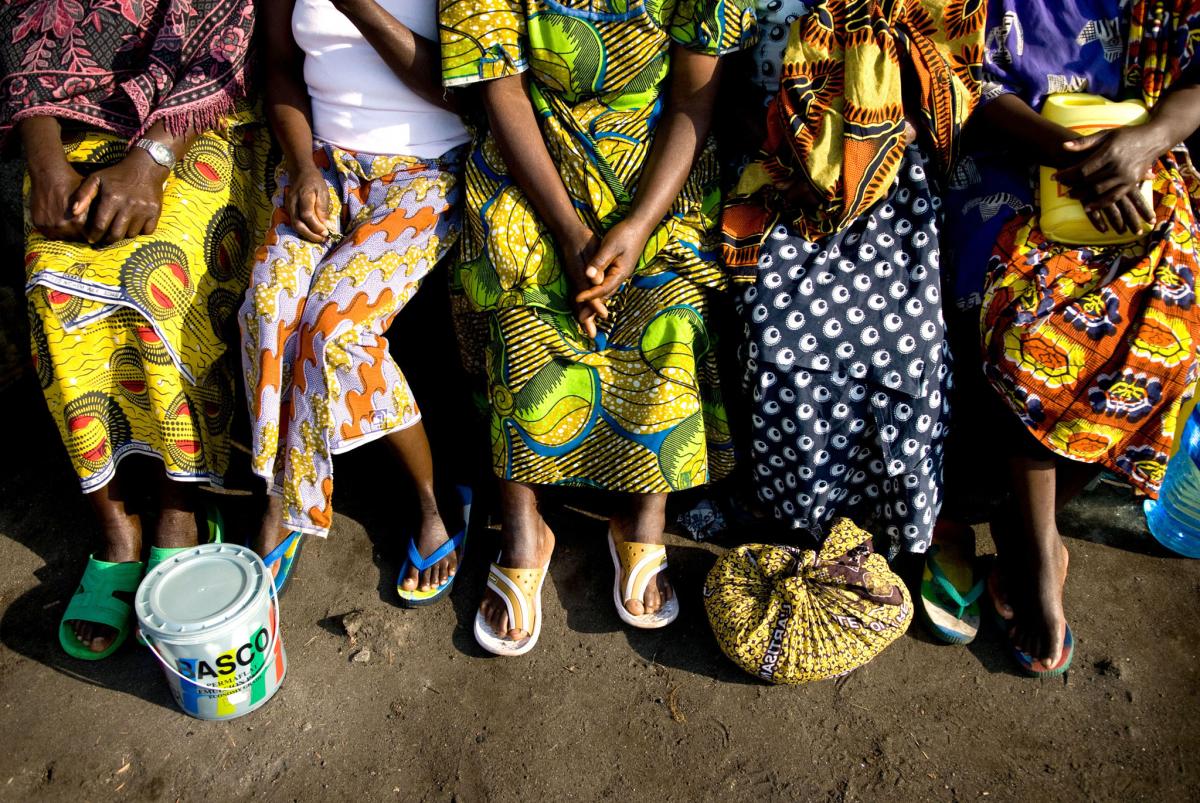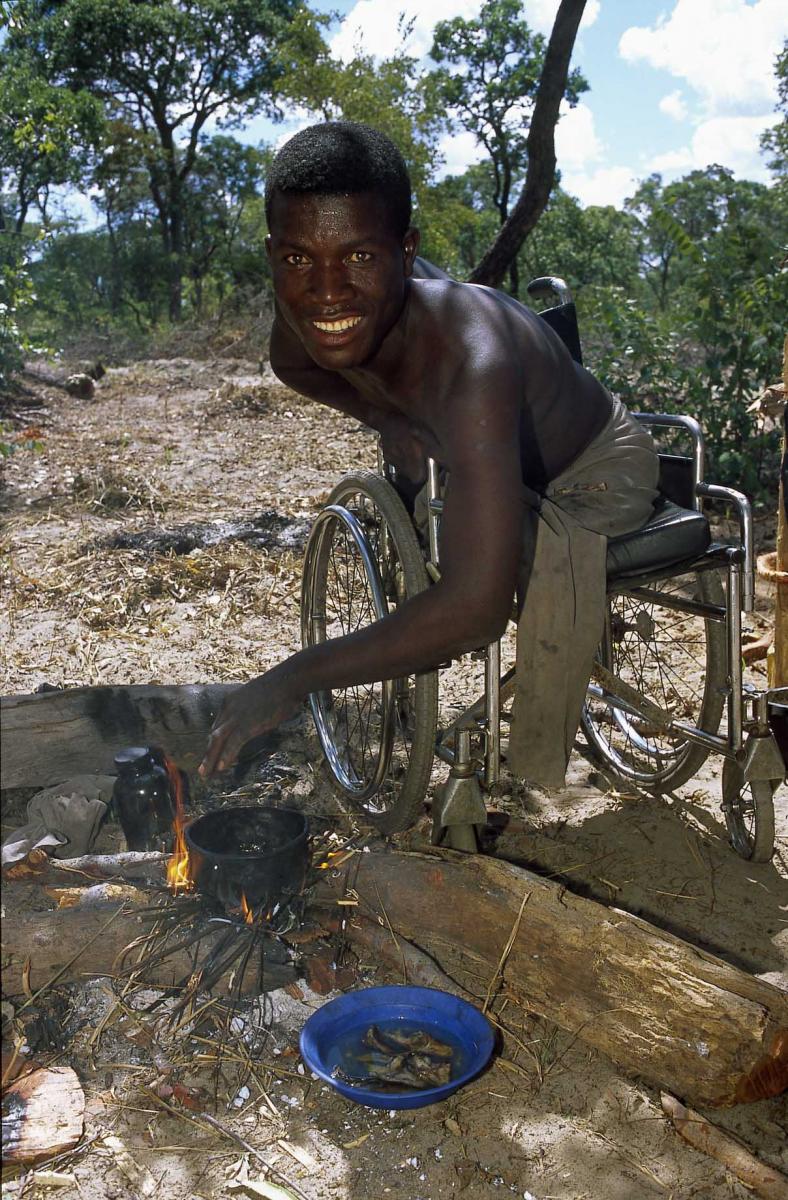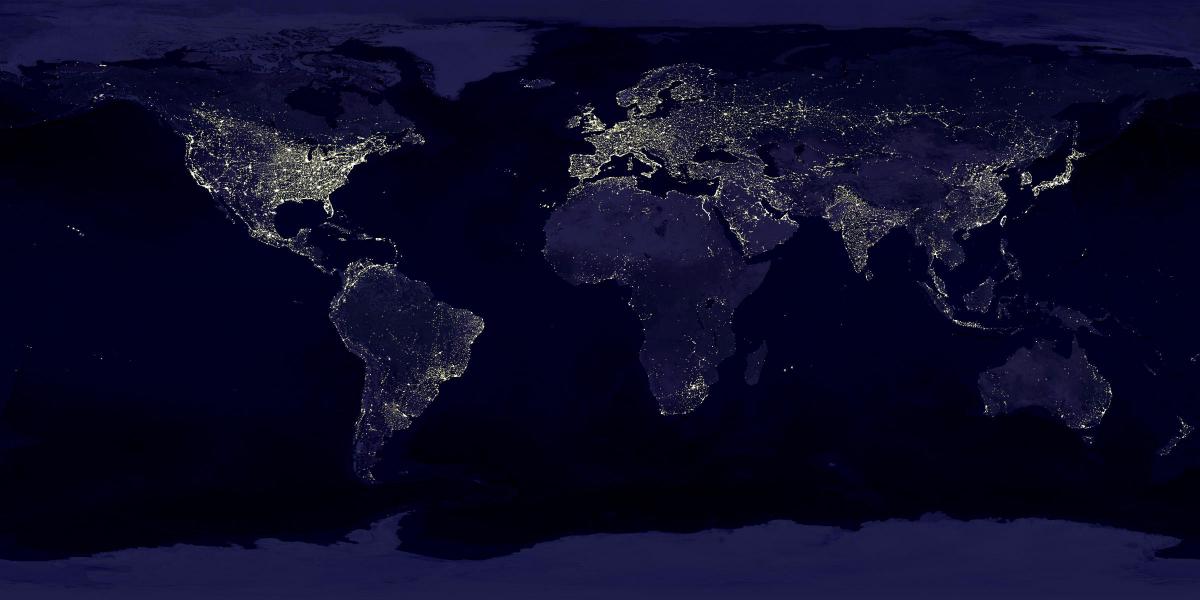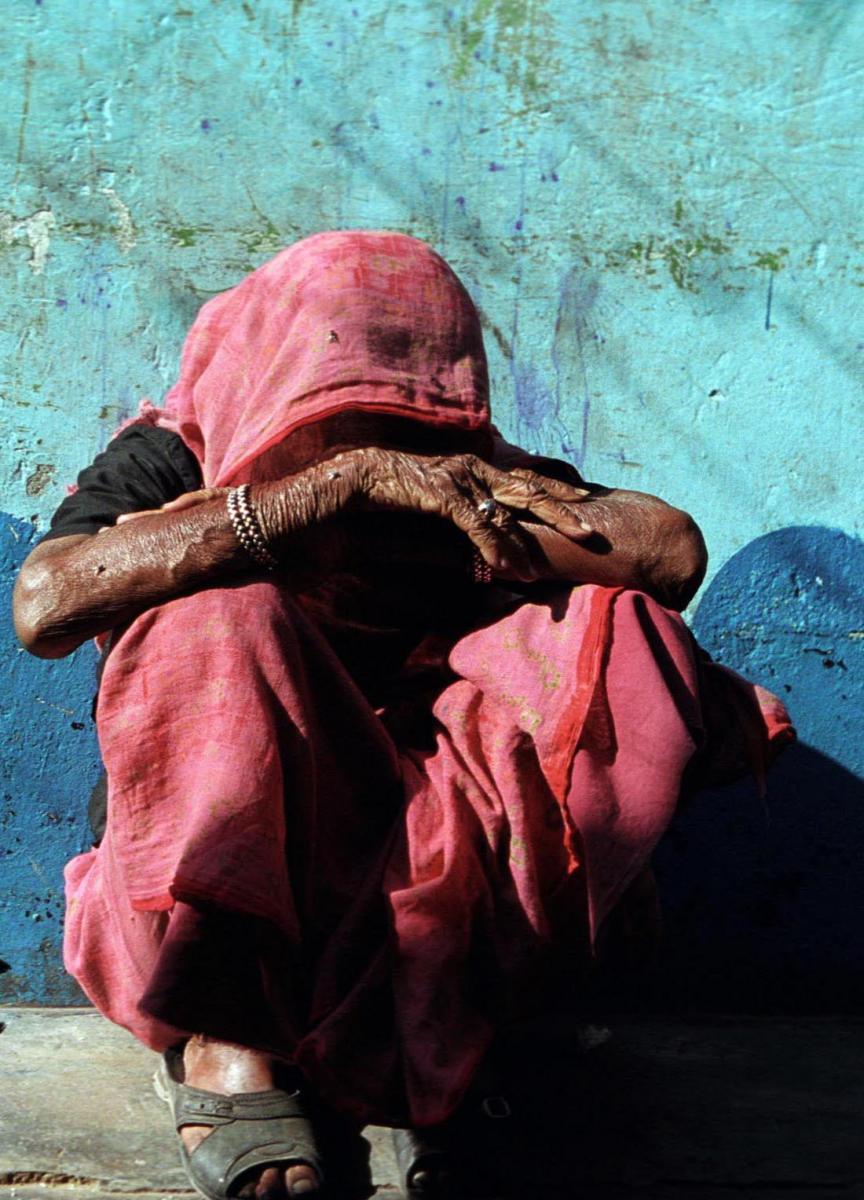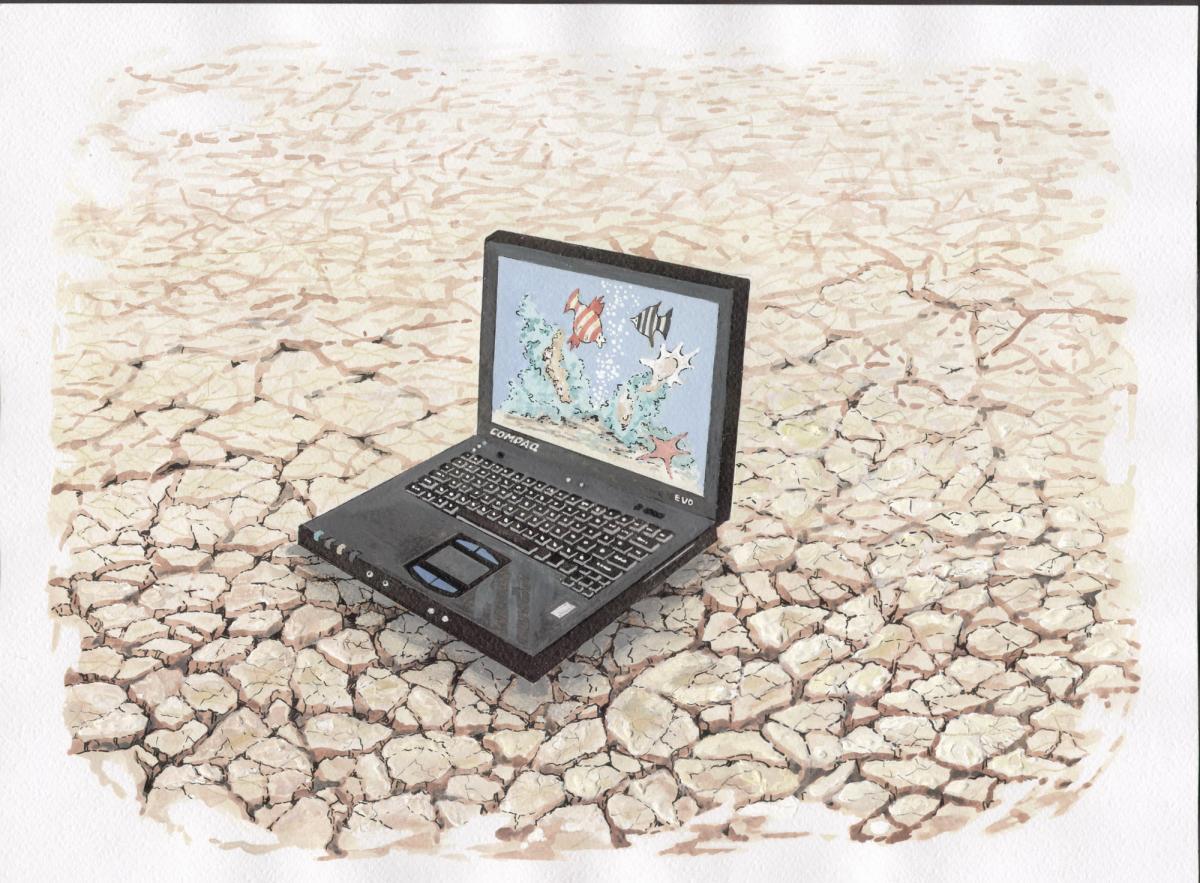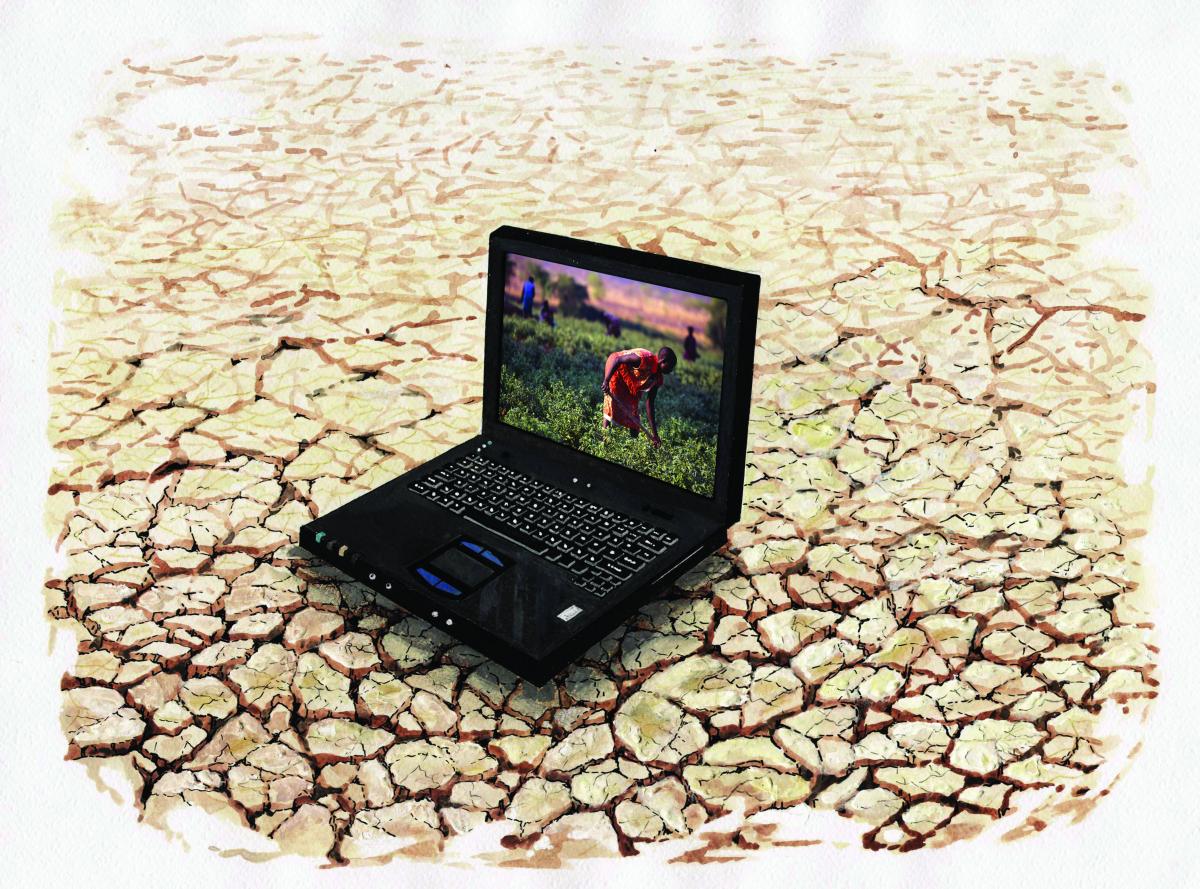We spend time and effort in thinking about the images that we use in FMR – how they fit with the article that they are with, what they ‘say’ about the world, and in the case of our cover images whether they will both attract the reader and reflect sufficiently something about the theme of the issue. On this page there are a few of the ones where that process has meant something to us – with some of our thinking.
Do also have a look at our Photo policy.
|
Finding an image to illustrate Ethics was never going to be easy, so we opted for something abstract. What metaphors does the dark, deep, swirling water conjure up? We thought about reflection, hidden depths, tidal changes… but perhaps other things come to mind for our readers. Let us know (fmr@qeh.ox.ac.uk) and we’ll post a selection of your ideas here. Photo: Clément Chéné (CC BY 2.0) |
||
|
FMR 53 - Local communities: first and last providers of protection In Caqueta, Colombia, a community leader took the initiative to help her community find a safe, dignified and healthy place to live after they were displaced by guerrillas. In contrast to most of the images and metaphors that spring to mind when we look for an illustration of ‘protection’ – a sheltering roof, maybe, or a helping hand – to us this picture reflects a displaced community striving to rekindle the vestiges of normality. It speaks also of resourcefulness and creativity, and of a place that someone can flourish in, a place where there is belonging and safety: the coming together of community and protection. “To plant a garden is to believe in tomorrow”, as the film star Audrey Hepburn once said. The image inspired our assistant Sharon to look up a quotation she remembered having read, hence the Audrey Hepburn quotation. And our designer Steve responded to it saying it spoke to him of a community ‘striving to rekindle the vestiges of normality’. We liked that too, so added it to our commentary on the image. A team effort! Photo by UNHCR/Sebastian Rich. |
||
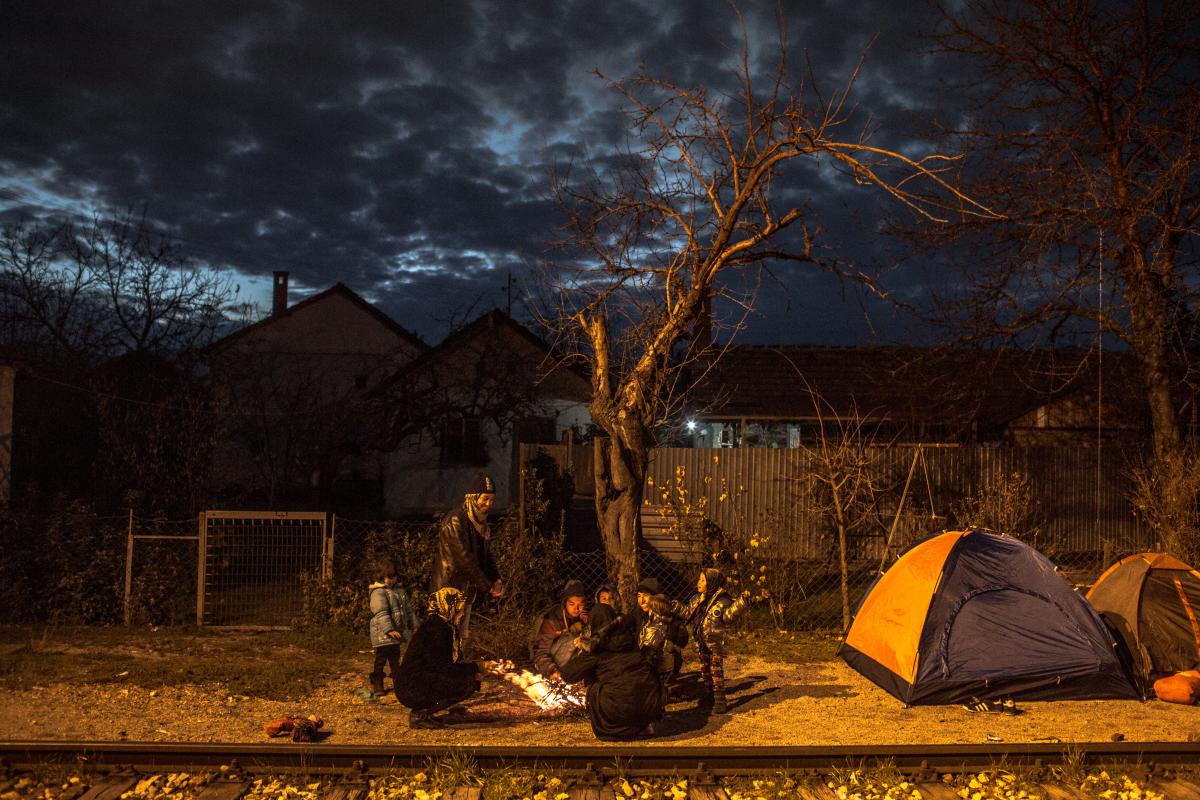
We chose this image in contrast to some of the more stereotypical images of the European refugee ‘crisis’. We liked the garden fence dividing the cosy inside from the excluded outside, and the humanity and sense of warmth of the family group – the reminder that refugees and migrants are people who can smile and support each other even when times are very hard. Photo by UNHCR/Daniel Etter. |
||
|
This picture appeared in FMR 36 (Democratic Republic of Congo) with the caption “Heal Africa Transit Centre for women victims of sexual violence’, alongside the article ‘Beyond the silence: sexual violence in eastern DRC’ by Jessica Keralis. Illustrating sexual violence is not an easy thing, and we would not want to subject victims to further exposure or humiliation. This photograph comes from a place where women victims receive help and support and, to us, was respectful, gave the women personality and showed their mutual support, as well as being in itself a vivid and colourful image. Our discussions about this photograph were significant in leading us to our Photo policy www.fmreview.org/photo-policy Photo by IRIN/Aubrey Graham |
||
|
FMR 35 Disability and displacement We included this picture somewhat reluctantly, as I recall. Not because it is a bad picture or because it doesn’t make visible a reality about disability, but because we specifically did not want to illustrate an issue on ‘Disability and displacement’ with pictures of people in wheelchairs, whether looking despairing or jolly. Disability is about so much more than that and we were hoping that the variety of disability and its effects on people would come across through FMR35 – something that we tried to imply with the way we constructed the cover – and also that disabled people were also just people among other people, all of them displaced, focussing on the problems of being displaced if you have a disability, not on the disability itself. Photo by UNHCR/L Taylor |
||
|
FMR 34 Adapting to urban displacement As this is such a dark image, it works better viewed online than in print but we thought it was so interesting that we accepted the likelihood of it not being as spectacular when seen on the print version. Back in 2010, however, when this issue was published, FMR was still A4-sized so we could print the image fairly large; we probably wouldn’t use such an image now on our A5-sized issues. The brightest areas of the Earth are the most urbanised but not necessarily the most populated. (Compare western Europe with China and India.) Some urban areas – such as in Africa – might be experiencing population growth but not necessarily infrastructure growth (e.g. electricity service) and so will not show up as much as other similarly sized cities. Cities tend to grow along coastlines and transportation networks. Even without the underlying map, the outlines of many continents would still be visible. The US interstate highway system appears as a lattice connecting the brighter dots of city centres. In Russia, the Trans-Siberian railroad is a thin line stretching from Moscow through the centre of Asia to Vladivostok. The Nile River, from the Aswan Dam to the Mediterranean Sea, is another bright thread through an otherwise dark region. Even more than 100 years after the invention of the electric light, some regions remain thinly populated and unlit. Antarctica is entirely dark. Deserts in Africa, Arabia, Australia, Mongolia and the US are poorly lit as well (except along the coast), along with the boreal forests of Canada and Russia, and the Himalaya mountain range in Asia. This image of Earth’s city lights was created with data from NASA’s Defense Meteorological Satellite Program (DMSP) Operational Linescan System (OLS). Originally designed to view clouds by moonlight, the OLS is also used to map the locations of permanent lights on the Earth’s surface. |
||
|
This picture is one that I still am struck by after looking at it constantly on the FMR office wall for more than eight years. It appeared on the front cover of FMR32 ‘Statelessness’. The dramatic emotional impact of its stillness, as well as its colours, attracted us to it, but it is also full of appropriate meaning – not just the poverty and tiredness visible in this Bihari woman’s pose, but the fact that she is faceless and has no visible identity, exactly the metaphorical and real situation of stateless people. Photo by UNHCR/G M B Akash |
||
|
FMR 31 Climate change and displacement The cartoon – called ‘Alpha and Omega’ – on which this cover is based is by Stanislav Ashmarin, a Russian cartoonist. His original drawing came to our attention because it was listed as having won a prize. We tracked Stanislav down and wrote to ask for permission to use the cartoon for FMR. He readily said yes. When our colleagues and advisors suggested ways in which the image on the computer screen in the cartoon might be altered to be more closely applicable to climate change and forced migration, Stanislav again graciously allowed us to do so. The picture that we put onto the computer screen might be recognisable to long-standing readers of FMR – it was the cover image on FMR 20, published back in May 2004.
|
||
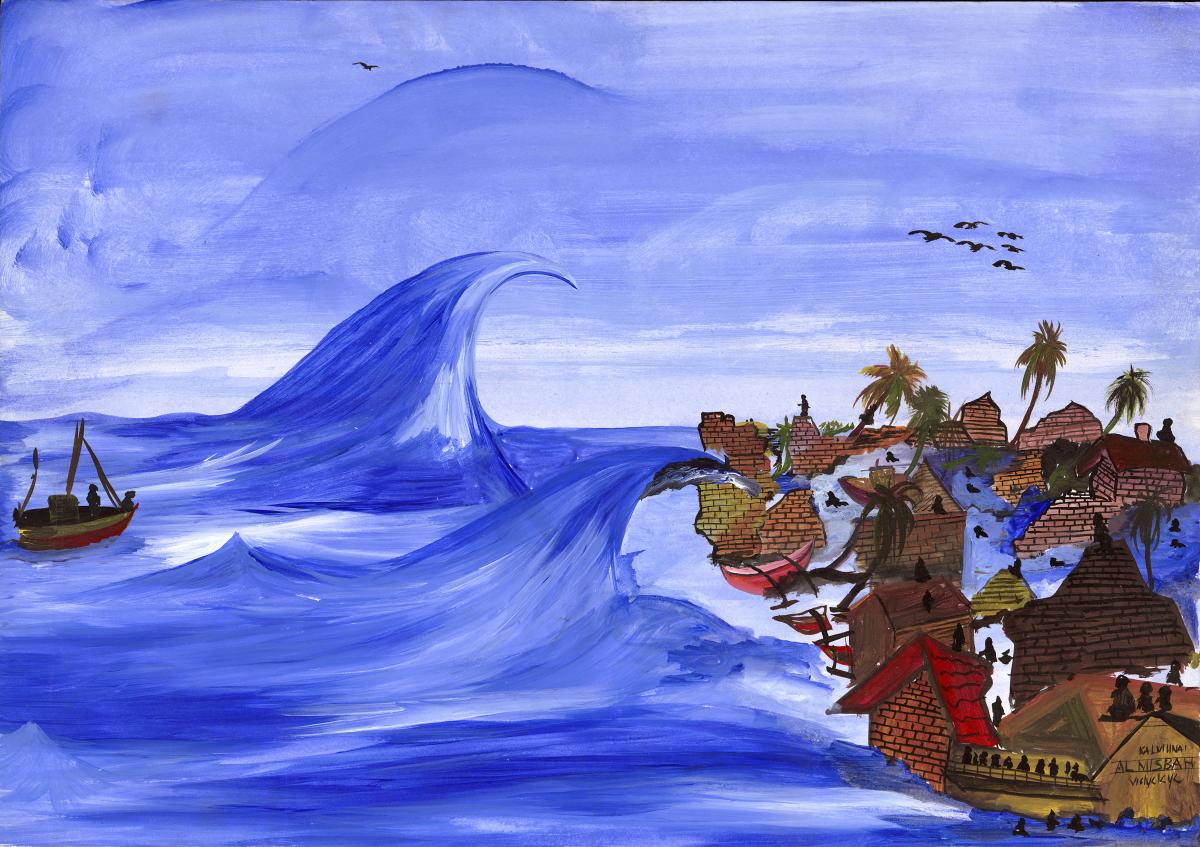
FMR Special issue - Tsunami: learning from the humanitarian response This picture was painted by a child living in the Batticaloa district of Sri Lanka. Children, aged from 5 to 16, were encouraged to paint to help erase painful memories of the tsunami. The images were exhibited at the National Gallery of Wales and then auctioned to raise funds to support those affected by the tsunami. We spotted the picture online and sought permission from the exhibition to reproduce it, which they kindly gave (and we publicised the exhibition and auction in return). |



